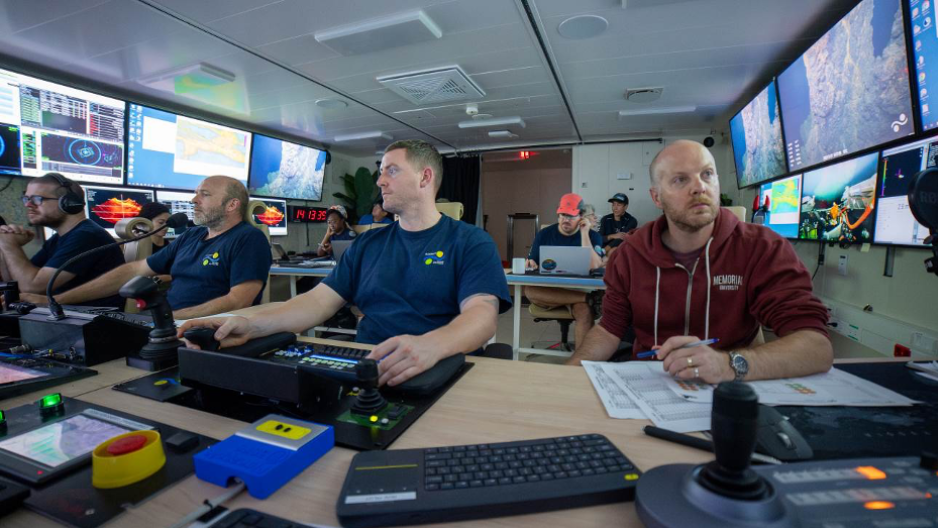The OGM Interactive Edition - Summer 2023 - Read Now!
View Past IssuesDr. John Jamieson at Memorial University recently led an international team of researchers on a scientific expedition to the Galapagos Islands, where they discovered – and named – a new hydrothermal vent field, “Tortugas.”

It has been said that we know more about the moon than the deep sea, and one purpose of Dr. Jamieson’s expedition was to change that. His team deployed cutting-edge mapping technology in this species rich part of the ocean and found a hydrothermal vent ecosystem teeming with life.
Among the discoveries were fifteen species previously unknown to the region, including a monoplacophoran mollusk. Monoplacophorans are so rare they were thought to have been extinct for 380 million years, until the 1950s. Their primitive anatomy is considered important in understanding the evolutionary history of animals. The team also found a Pacific white ray nursery, that is only the second documented in the world.
The expedition’s mapping technologies integrated two groundbreaking sonar technologies (named M3 and InSAS). Kraken Robotics, a Mount Pearl-based underwater technology company, initially developed the InSAS technology for defense and offshore commercial uses.
Generally speaking, at considerable depths, ship sonar technologies can only create maps with a resolution, at best, of 15-20 meters. Dr. Jamieson’s setup provided a resolution of 3 centimeters. As a result, the expedition has shed new light on our understanding of hydrothermal vent ecosystems. “It’s like returning to the moon after fifty years but with the latest technology of the 21st century,” he says.
It is rare for a Canadian-based scientist to lead an international expedition like this one, on account of Canada’s fleet capacity. This expedition happened aboard a scientific vessel of the Schmidt Ocean Institute, which “aims to catalyze the discoveries necessary to understand our ocean, sustain life, and ensure the health of our planet.”
Hydrothermal vents, like the one discovered by Dr. Jamieson, eject metal-rich fluids into the ocean. Because of the high concentrations of valuable metals in these deposits, including copper, zinc, gold, and silver, hydrothermal vents are being targeted as sites for deep-sea mining.
Source and Images: Schmidt Ocean Institute
Did you enjoy this article?